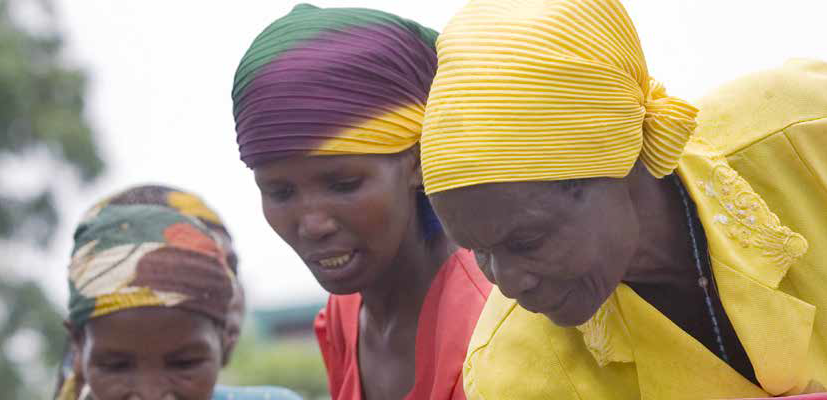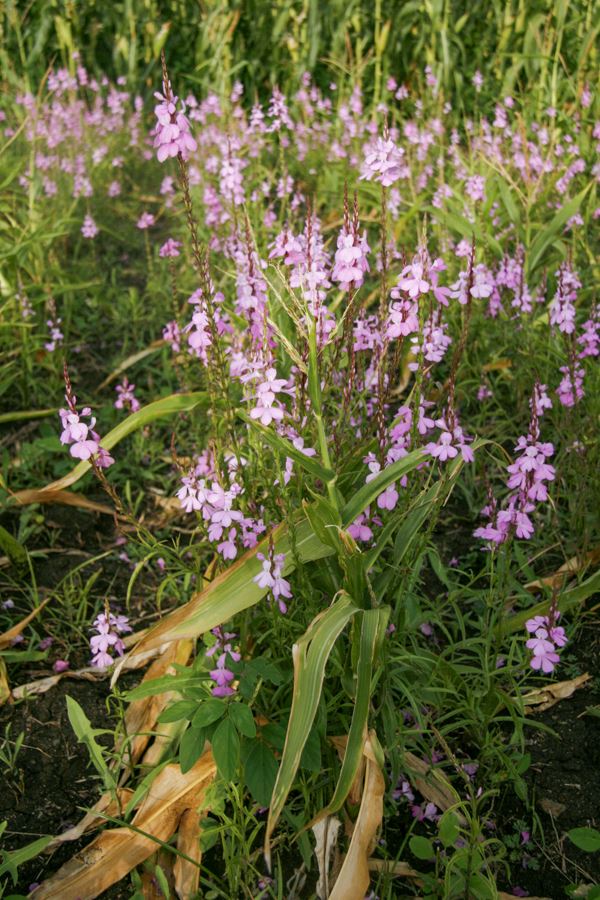Every era has its challenges. And each challenge demands specific responses. In the 1960s, famine threatened South Asia. The Green Revolution was the right answer to the looming food crisis that the world faced half a century ago. Fortunately, today we are not facing the prospect of large-scale famine – but we are at a crossroads. About 842 million people remain chronically hungry because they cannot afford to eat adequately, despite the fact that the world is no longer short of food. In a disconcerting paradox, more than 70 percent of the world’s food insecure people live in rural areas in developing countries. Many of them are low-paid farm labourers or subsistence producers who may have difficulty in meeting their families’ food needs. As we look towards 2050, we have the additional challenge of feeding a population that is eating more – and sometimes better and healthier diets – and that is expected to surpass the 9 billion mark. At the same time, farmers, and humanity as a whole, are already facing the new challenges posed by climate change. The widespread degradation of land and water resources, along with other negative environmental impacts, is showing us the limits of highly intensive farming systems. Hence, the quest is now to find farming systems that are truly sustainable and inclusive and that support increased access for the poor so that we can meet the world’s future food needs. Nothing comes closer to the sustainable food production paradigm than family farming.
Authors: FAO team
Contact address: publications-sales@fao.org
Institution: FOOD AND AGRICULTURE ORGANIZATION OF THE UNITED NATIONS
Twitter name of the institution: @FAO
Twitter link: https://x.com/FAO
Available downloads:
The State of Food and Agriculture: Innovation in family farming


